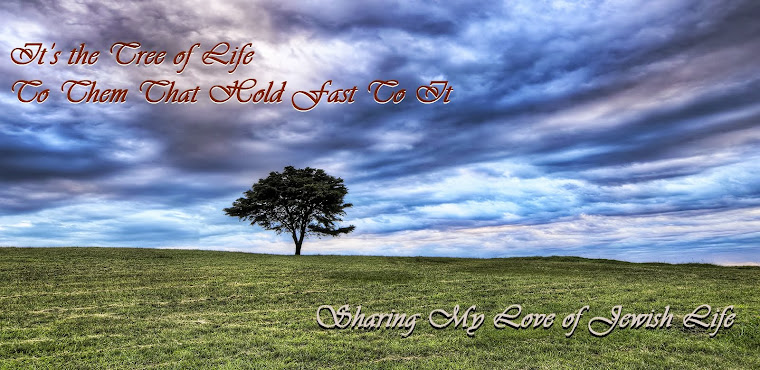Dedicated l’ilui nshmas Avraham Ephraim Beryl ben Yaakov Halevi,
my father, may he rest in peace, whose Yahrtzeit is 14 Adar.
What sets the kohanim apart from the rest of Bnei Yisrael? Today,
many scientific minds might say that the answer feels like it might be solely
DNA, the ancestral traits that lead back to a single progenitor. But DNA is a
blueprint to the individual elements that make up a person. We now know that people
can have genetic markers for a predisposition to be a morning person or to dislike
cilantro. The DNA passed down to all of the male descendants of Aaron the
Kohain does give them a distinctive trait; it just isn’t physical.
Speculatively, one could say that the genetic make-up that came
straight from Aaron is a unique connection to spirituality, which he was born
with. But the fact that the role of the priests was initially intended to be fulfilled
by the firstborn, and then it was designated to the Leviim, and then it was
given to Aaron and his sons indicates that it was not something inherent that Aaron
was born with but rather that there was some form of transformation…
I will gladly state that everything that follows is purely
speculative. In this week’s parsha, Parshas Tetzaveh, there is a detailed
description of the specific ceremony of inauguration that Aaron and his sons were
to undergo. They were bathed and dressed in their very unique garb and then anointed.
Once Aaron and his sons were prepared, the following karbanos took place in this
specific sequence: A bull was slaughtered, its blood was applied to the altar, its
fat burned, and then, after the fats, the rest of it was burnt. Then two rams
were brought forward. The first ram had its blood sprinkled, but then all of it
was burnt for the raiach nichoach, a satisfying aroma spirit. The second ram,
however, was the source of blood that was placed on the right ear cartilage,
right thumb, and right big toe of Aaron and his sons. Afterward, the Torah states:
“Take some of the blood
that is on the altar and some of the anointing oil and sprinkle upon Aaron and
his vestments, and also upon his sons and his sons’ vestments. Thus shall he
and his vestments be holy, as well as his sons and his sons’ vestments” (Shemos
29:21).
One of
the things that stands out about this ceremony is the placing of the blood on
the ear, thumb, and toe. Actually, and
quite interestingly, it was noted on Aish.com that the only other place this
specific ritual is mentioned is in connection to one who has recovered from
tzaras and must be ritually purified. In no other place in the Torah do we have
a marked physical indication of attaining a different spiritual level, except,
perhaps with the means of inaugurating the kohanim. What is the connection of
one who has recovered from tzaras and Aaron and his sons on the verge of attaining
the kahuna, and what does either have to do with one’s ear, thumb, and toe?
There is
an alternative medicine practice known a reflexology. Its critical act is to press
on specific pressure points that activate natural healing and stress relief.
What is fascinating is that reflexology focuses on three main body parts – the foot,
the hand, and the ear.
The person
suffering from tzaras needed healing – spiritual to affect the physical. But why
were the ear, thumb, and toe significant to the kohanim? The term healing is
generally connected to the dismissal or cure of an illness, but, perhaps, when
we speak of healing that is connected to the spiritual, we must think of it as
a rectification. The person who suffers from tzaras goes through a process of ridding
himself of a yetzer hara (not THE yetzer hara, but an active aspect of it) and
therefore fixes something spiritually in order to rejoin the nation. Aaron and
his sons needed to rectify their spiritual essence to be ready to take on their
new roles. This rectification was a transformation that they then passed on to
their descendants.
The
kohanim needed an immediate spiritual transformation, but the one suffering
from tzaras had to do teshuva in order to undergo this ritual. We may not be
able to become Kohanim, obviously, but we can learn the importance of
understanding that attaining a spiritual transformation is our ultimate goal. The
mefarshim note that the ear represents listening to Hashem, the thumb represents
the hand actively performing mitzovs, and the foot represents going forth to do
Hashem’s will. One should not wait to fall victim to the yetzer harah but
should constantly strive to bring about their own spiritual transformation.
Wishing
you all a beautiful Shabbas.
